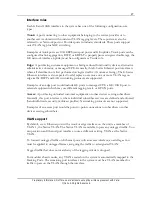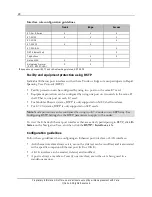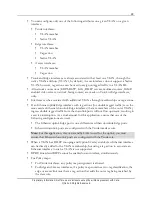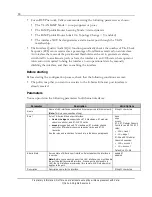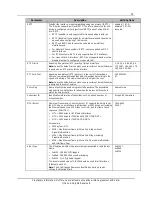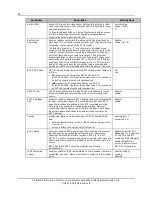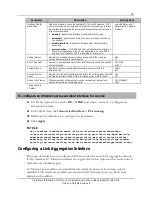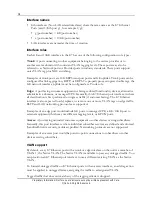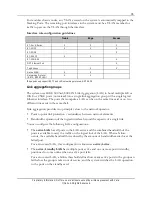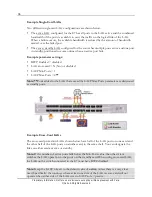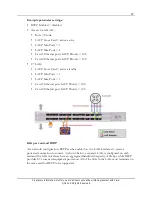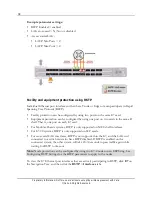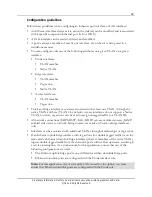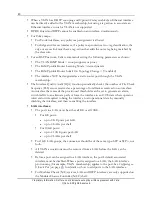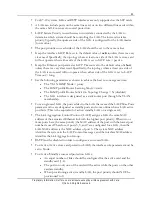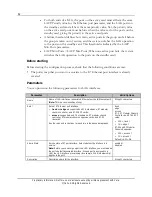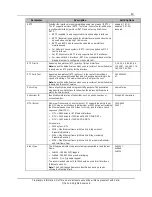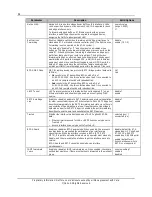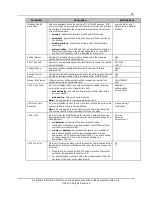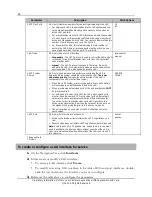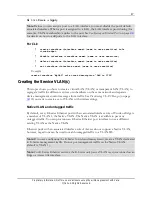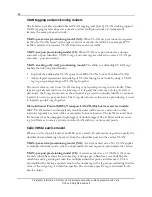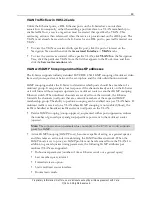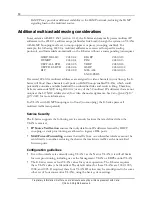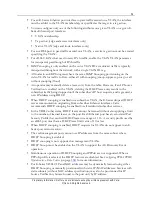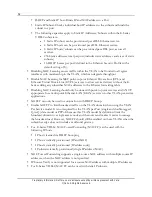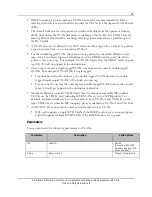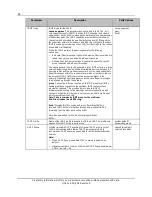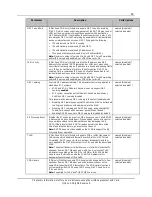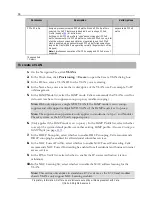
41
Proprietary Information: Not for use or disclosure except by written agreement with Calix.
© Calix. All Rights Reserved.
For E7-20 systems, LAG and RSTP interfaces are only supported on the SCP cards.
A LAG can include ports on the same line card, or on two different line cards within
the same shelf, known as cross-card protection.
LACP System Priority is used between two systems connected by the LAG to
determine which system should be controlling the LAG. The lower value takes
priority. Typically, the upstream side of the LAG is configured for the LAG master
(lower value).
The port priorities on each side of the LAG should be set to the same values.
Keep the interface LACP Role set to the default value of
active
, unless there is a very
clear need. Specifically, the topology where at least one side of the LAG is cross-card
will not operate when either side of the LAG is set to LACP role = passive.
Keep the Ethernet port parameter LACP Timeout set to the default value of
short
,
unless there is a very clear need. Specifically, the topology where at least one side of
the LAG is cross-card will not operate when either side of the LAG is set to LACP
Timeout = long.
Set the following parameters as shown to achieve the best re-convergence time:
♦
The VLAN IGMP Mode = proxy
♦
The IGMP profile Router Learning Mode = static
♦
The IGMP profile Router Solicit On Topology Change = N (disabled)
♦
The LAG interface is designated as a static router port through the VLAN
membership.
For a single-card LAG, the ports added to the LAG that exceed the LACP Max Ports
parameter value are designated as standby ports and come online when a LAG active
port fails. (This is the equivalent of active/standby LAG on a single card.)
The Link Aggregation Control Protocol (LACP) assigns a LAG the same MAC
address of the associated Ethernet link with the highest port priority. When two or
more ports have the same priority, the MAC address of the port with the lowest port
number is used. Therefore, if ports 3, 5, and 7 are configured for a LAG, then the
LAG MAC address is the MAC address of port 3. The system MAC address
identifies the system in the LACP control messages, and the interface MAC address
identifies the Link Aggregation Group.
RSTP must be disabled in order to configure a cross-card LAG.
For Active/Active cross-card protection LAGS, the interface role parameter must be
set to Trunk.
For Active/Standby cross-card protection LAGs:
♦
An equal number of links should be configured for the active card and the
standby card (1-4).
♦
The ports on only one of the cards will be active while the ports on the other
card are standby.
♦
When provisioning active/standby LAG, the port priority should NOT be
provisioned to 0.

